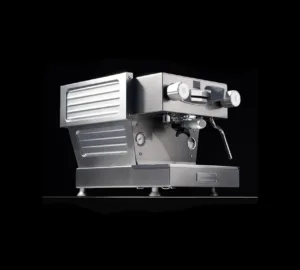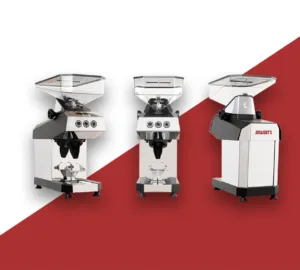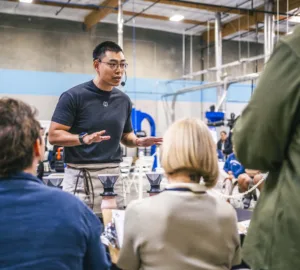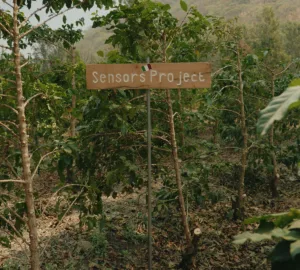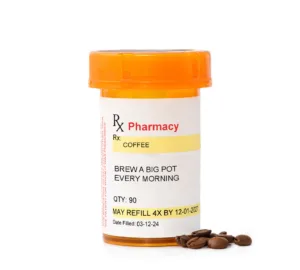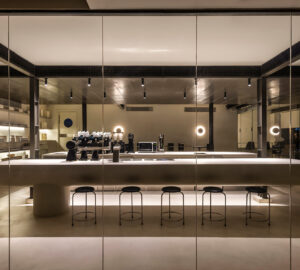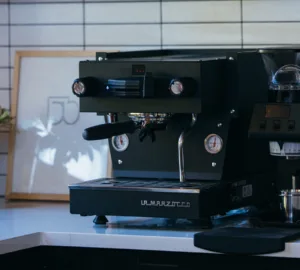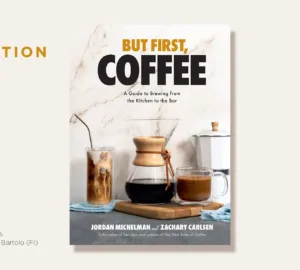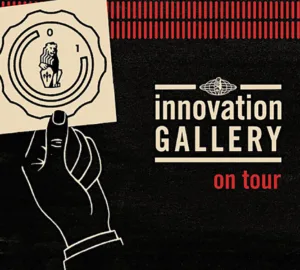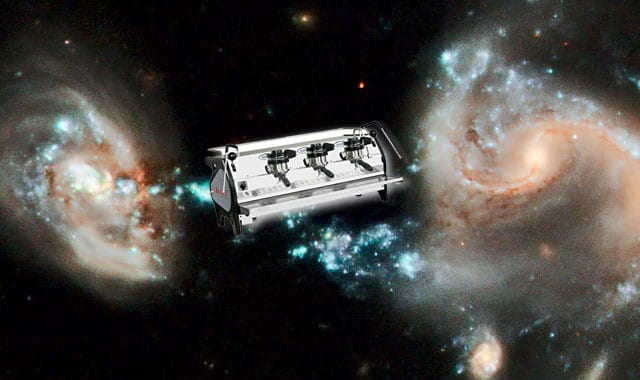
Over the past few months, Sprudge.com has had the chance to see, try, listen and learn a whole heck of a lot about La Marzocco’s brand new flagship machine, the Strada EP. We’ve played with it on bar, seen it demoed by its champion and expert, read the existing commentary available online, and most important of all, talked to you, the specialty coffee community. Our industry is awash in excitement and expectation over what the Strada EP does – or doesn’t – mean for the future of espresso, and we’ve come to learn that there are a wide variety of misconceptions and underestimations as to what the EP can or can’t do. Rarely do we weigh in with official verdicts, but equally rare is it for us to have such unprecedented access to new technology as it lives and breathes, not only in labs but in working cafes, with real-life baristas who use this technology every day. This feature intends on weighing some of the EP’s features and possibilities while giving voice to a variety of concerns that surround the real capabilities of this machine.
There’s one thing we’re sure of: The La Marzocco Strada EP is a game-changer.
That’s a theoretical statement, of course; there are only a few working Strada EPs anywhere in the world, and the chance to publicly play with the EP is limited to a scant few locations (current public demo spaces include Counter Culture Chicago and the La Marzocco skunkworks in Seattle). La Marzocco fully admits that the potential and implementation of pressure profiling is still limited in its practical scope. As Scott Guglielmano told the gathered audience at La Marzocco’s first public EP demo in Atlanta, as of this Summer there were only about 10 or so people in the USA who had much experience with this machine, and maybe 50 worldwide. “We just have theories”, Scott told Atlanta, “but we’re getting some really interesting results”.
A word about the Strada project: The Strada EP and the Strada MP may only be one letter apart, and they share similar bodies, but like identical twins with their own lifetime’s worth of experiences, joys and rejections, they are vastly different on the inside. The machine side of the EP is fairly simple; Strada EP’s chief innovation is that it’s powered by a gear pump system, taken wholesale from the medical world and capable of forcing water through the pump at a precisely metered rate. It’s the same pump used by anesthesiologists and helicopter manufacturers; when you need something not to fail, this is your pump. Each group on the machine employs one of these pumps, which have been exhaustively bench tested by Scott and the LM tech team in Seattle, producing only one fail throughout the history of their testing – don’t run the Strada dry for more than 24 hours, because then it will probably break. Even then, the rebuild kit for the EP pump is tiny and basic enough for even the most lay of laymen to understand. Fixing these pumps is simply a matter of reinserting new pins into their intuitive slots. The whole mechanism is shockingly simple.
The Strada EP also employs an utterly unique membrane potentiometer instead of buttons and switches. The device itself is actually a sticker, with functionality almost like a track pad (or for you Guitar Center nerds, a Kaos Pad). It makes for a remarkably quick fix – peel off the sticker, line it up, test it, and you’re ready to go. Quoth a tech at the NYC Strada EP event: “Well guys, charging hourly is dead.” As for the EP’s distinctive hum as the potentiometer is engaged, it’s purely there for aural aesthetic reasons: according to Scott, La Marzocco included this feature because “we kind of like motorcycles.” To de-jargon this potentiometer business, the membrane on the EP replaces the buttons and switches on every other group head on the market; you aren’t guiding your paddle across a track, but rather, across a highly sensitive digital sticker that gives the user unprecedented control. It’s an extraordinary piece of technology that’s also mundane at the same time, no different in practical function than your laptop’s trackpad.
So much has been made of the Strada EP’s digital programming and software capabilities. It’s something that LM focused on in great detail during the early demos, yet backed away from as the “Manual Pressure” events soldiered North, garnering nary a mention at the event in Chicago. Some of this is because, as the events progressed, Scott Guglielmino and LM wanted to focus more on the hands-on aspects of the Strada, but it’s also because the Strada’s digital functionality is an immensely challenging concept to wrap one’s mind around. Setting up espresso shots digitally is nothing short of an entirely new way to think about crafting espresso. The actual software itself on the EP is similar to a digital music editor, giving the user the ability to use his or her digital device to set intervals, shot times, and precise deltas. It’s like an auto-tune for espresso shots, and much like the auto-tune in popular music, the practical application of this functionality can be used for great good and tremendous evil. The possibilities are endless and daunting.
But the software functionality is about much more than dialing in your shots via mouse click, or some endless rabbit hole of barista-as-laptop-jockey. The Strada EP’s software profiling means that your machine can actually autocorrect for the slight mistakes that result in poor espresso and let baristas know when changes need to be made. If your last puck had a different level of resistance than the one before, the EP smooths out that variability. Careful pressure tracking can theoretically indicate exactly when your burrs need to be changed, or if your dosing is slightly off, or if today’s humidity is messing up your shots. Does it dehumanize espresso a bit? In the wrong hands, yes. Does it offer a tremendous amount of practical benefit, both to the barista who wants to pull great shots and the customer who wants to enjoy that craft? Absolutely.
But perhaps the most fascinating practical application of the Strada EP – something you reported to us again and again, and that we discovered ourselves from behind the bar – is its uncanny ability to pull apart blends, to give discerning baristas the ability to do more with what they’ve been given. Coffee has come so far in the last 10 years, and in many ways, the Strada EP represents a huge catch-up to those developments. The old paradigms have their merits and charms, to be sure – 9 bars of pressure, careful blending, a pronounced love an appreciation for the artisan nature of This Thing Of Ours – and the Strada EP, despite the hype, in no way eradicates those concepts, or renders them irrelevant. But the EP gives you the CHOICE to eradicate those concepts, should you choose to. There’s a moment each of us has at some point in our lives, when we look up at the stars and realize that we are, each of us, but a tiny molecule of silicon in a grain of sand on the universe’s infinite beach. The whole thing is unfathomable, and terrifying, and renders each of us impossibly meaningless. But at the end of the day we are not, in fact, adrift in some nameless, heartless cosmos; we live and breathe and build our lives together, here on Earth, in our little corners of this planet we share. We believe what we believe, carve out the things we care about, and if we’re lucky, we get to love the people we love with an equivalent sense of infinity and abandon.
When it comes to espresso, the Strada EP kind of changes everything, but it doesn’t really change anything. We still have to ask ourselves, “what do we want our espresso to taste like? What is this coffee supposed to be? What do I really want from this shot?” The Strada isn’t going to answer these questions for you – only you can do that – but like no machine before, it demands we ask.
















